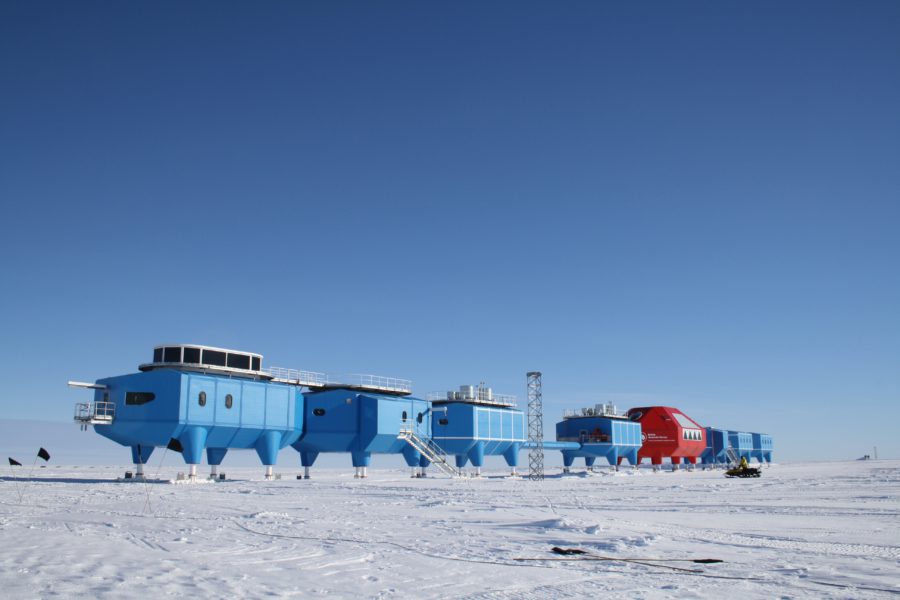The iceberg – which is almost as big as the province of Utrecht – was part of the Brunt ice shelf.
Yesterday you could go on Scientias.nl already read that this ice shelf had lost a huge chunk of ice. And thanks to radar images from the Copernicus Sentinel-1 mission, you can now see it with your own eyes.
Crack
The first photo was taken on February 22, when the huge iceberg was still attached to the Brunt Ice Shelf. The second is from six days later, when the iceberg – referred to as A-74 – was released.
It has been known for some time that the ice shelf would sooner or later give birth to an iceberg. In recent years, many cracks have appeared in the 150-meter-thick ice shelf. And when they meet, it can result in a new iceberg.
Image: contains modified Copernicus Sentinel data (2021), processed by ESA, CC BY-SA 3.0 IGO.
–
North Rift
The iceberg that has now formed can be traced back to a fairly recently formed crack called North Rift (you can see it in the video below). This crack appeared at the end of 2019 and, especially in recent months, has been rushing towards another large crack in the ice shelf, more to the north. Last Friday, the two cracks met and the rest is history.
Investigators are closely monitoring the situation. Not least because on the Brunt Ice Shelf there is also a – currently unmanned – research station. Scientists do not expect the research station to be endangered by the calving of A-74, but satellites and GPS instruments placed around the research station will still check that the ice around the research station is not deforming or moving too much.

The research station on the Brunt Ice Shelf – called Halley VI – had already been moved in 2017 due to cracking in the ice shelf. A fast-growing crack then threatened to result in the detachment of the part of the ice shelf on which the research station was located. In the end, the piece of ice in question did not come off. But it seems like a matter of time before that will happen after all; the distance between the two cracks – which have not grown in the past 18 months – is only 2 kilometers. Image: British Antarctic Survey.
–
It is still unclear what the newborn iceberg will do. “In the coming weeks or months, the iceberg could end up in the fast southwestern coastal current, run aground or cause further damage to the ice shelf by colliding with it,” said Mark Drinkwater, of ESA. “So we will continue to monitor the situation closely using data collected during the Copernicus Sentinel-1 mission.” The two satellites that make up this mission are equipped with radar systems. This means that they can keep an eye on things even during the rapidly approaching winter – when Antarctica is shrouded in darkness.
POPULAR ON SCIENTIAS.NL
Keep amazed ✨
Receive the most beautiful space photos and interesting popular science articles every Friday. Get the free Scientias Magazine together with 50,000 others.
–


